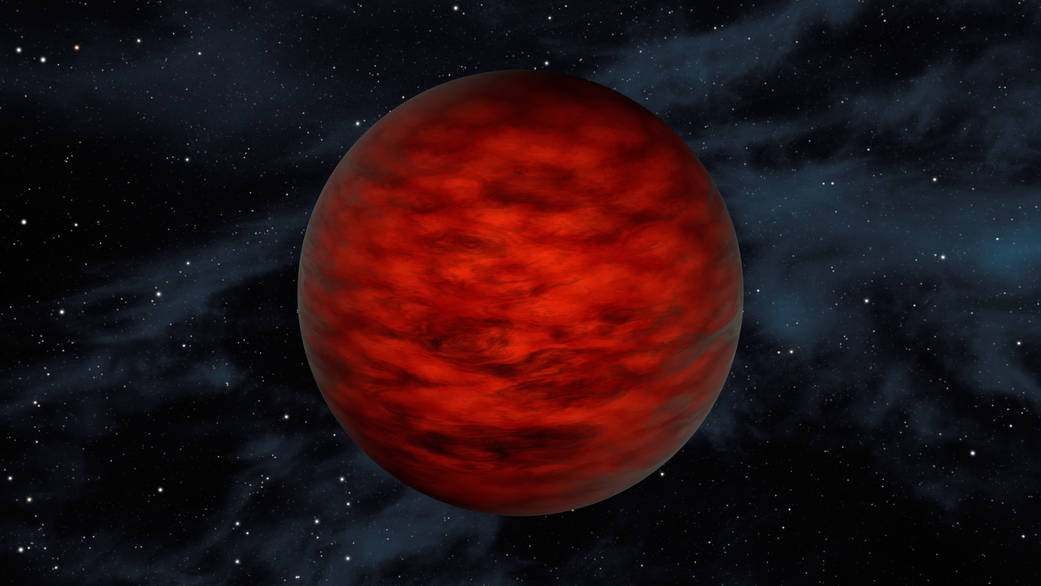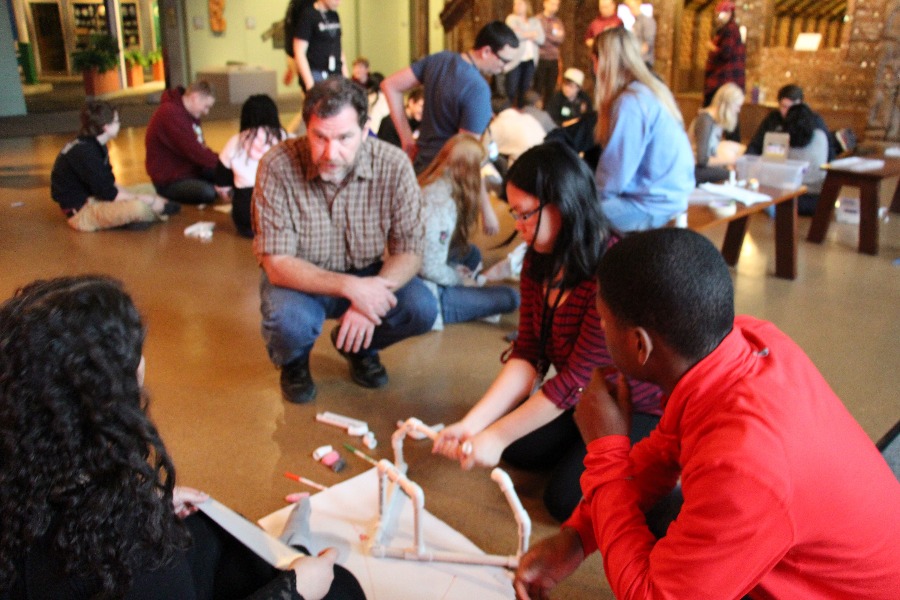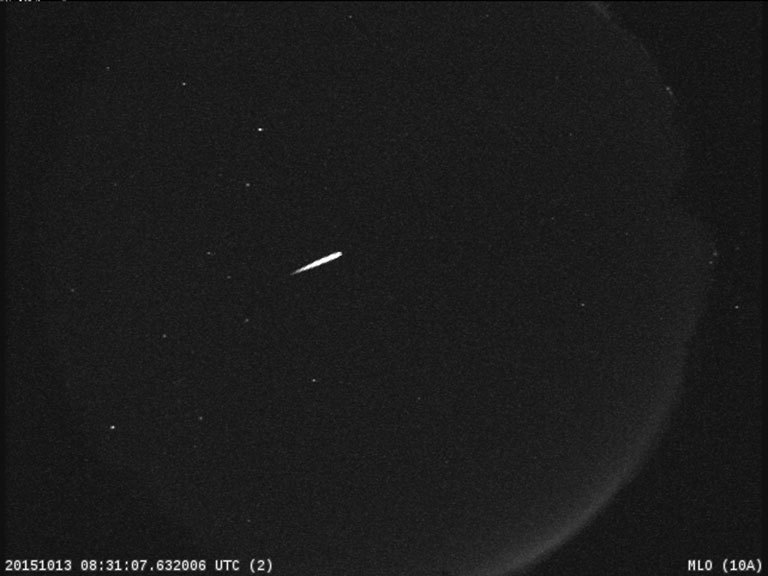AstroFan: It’s a star! It’s a planet! No—it’s a brown dwarf?!

Image Credit: NASA/JPL-Caltech
Our Universe is filled with strange objects that even scientists have trouble classifying. Read on to learn about brown dwarfs, the celestial objects that are kind of like a star and kind of like a planet but are actually neither.
A wise man once said, “Only a Sith deals in absolutes”.
That wise man was a jedi-master named Obi-Wan Kenobi, and he said those words during the climactic battle on planet Mustafar in (arguably) one of the greatest episodes of Star Wars—Revenge of the Sith.
In the case of brown dwarfs, most astronomers would agree with master Obi-Wan. For today’s topic, it is most salient that we stray far, far away from speaking in absolutes.
You see, brown dwarfs are very wonky in that they are neither a star nor a planet—they’re sort of something else entirely.
The life of a brown dwarf starts off similar to a star; both form from a collapsing cloud of gas and dust. The difference here is that once brown dwarfs form, they lack the mass that is needed to support nuclear fusion.
Nuclear fusion is when low mass atomic nuclei are built up into higher mass atomic nuclei in a star’s core, releasing energy and fueling the star in the process.
Since brown dwarfs don’t have nuclear fusion they behave differently than a star and are essentially massive objects composed of gas and dust with no fuel to burn. Brown dwarfs are less massive than the Sun but much more massive than gas giants (i.e. 13 to 90 times more massive than Jupiter).
When a brown dwarf first forms, it starts out being pretty hot due to the physical forces that made it, but without nuclear fusion, brown dwarfs inevitably cool as they age. Higher mass brown dwarfs cool a lot more slowly and have a higher luminosity for a longer period of time than lower mass brown dwarfs. Most brown dwarfs glow in the red and infrared spectrum of light.
A fun fact about brown dwarfs is that shortly after they were first predicted in the 1960s, scientists thought that their existence could explain the mysterious case of dark matter. (For those who don’t know, dark matter is a material that is unobservable to scientists and is believed to make up 80% of the mass in the Universe.) It later turned out that brown dwarfs were nowhere near numerous enough to be an important component of dark matter!
Although the existence of brown dwarfs didn’t explain the mysteries of dark matter, it has been suggested by some that brown dwarfs could offer another way for life to thrive in our Universe.
Recently, researchers at Harvard University proposed that the upper-atmosphere of some brown dwarfs may have habitable conditions for life. We’re talking a microbial oasis of water vapor, warm temperatures, and nutrients. Think about that—life thriving in the clouds of these non-planets!
Speaking of atmospheres, when it comes to brown dwarfs, things get… interesting. Unlike the atmospheres of stars, brown dwarfs have atmospheric winds that fall into regular belts and zones.
Due to their higher masses, it has been hypothesized that the storms that occur on brown dwarfs are larger and more powerful than the ones typically seen on the gas giants in our Solar System.
Image Credit: NASA/Cal-tech
As you can see, brown dwarfs fall into a league of their own. Their very existence has helped astronomers begin to bridge the gap between gas giants and stars.
Brown dwarfs prove that sometimes it is very difficult to group celestial objects into neatly delineated categories. They prove that sometimes the natural world creates objects that have such unique characteristics that they completely change the way astronomical objects are categorized.
So, if you’re ever at a dinner party and hear someone say “ A brown dwarf IS a star” or “A brown dwarf IS a planet,” remember the wise words of Obi-Wan Kenobi…
Stay tuned for more awesome space facts on the next AstroFan.
Thank you for reading!
—Bianca, a.k.a. AstroFan







